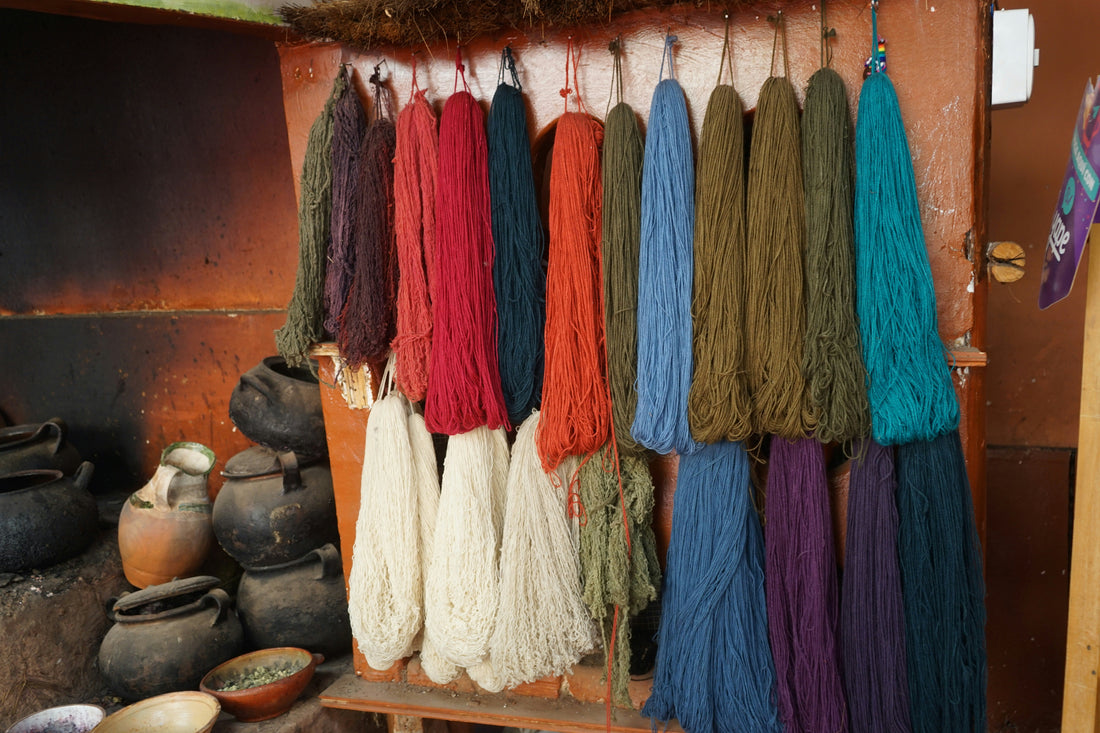
Pashmina vs. Cashmere: What’s the Difference?
Pashmina and cashmere are two of the most luxurious and cherished wools in the world. At Ishkabella, our curated collection of scarves and stoles includes both—celebrated for their unmatched softness, artisanal weaving, and heritage-rich craftsmanship. But what exactly is the difference between pashmina and cashmere?
This guide will walk you through their origin, fiber quality, production methods, price points, and more, helping you choose the perfect stole or scarf for your style and climate.
📍 1. Origin & Source
Cashmere:
- Derived from the undercoat of Cashmere goats (Capra hircus), mainly found in Mongolia, China, Iran, and India (Ladakh).
- Harvested by combing the goat’s fleece during spring moulting season.
Pashmina:
- A subset of cashmere, but with even finer fibers, sourced exclusively from Changthangi goats found in the Himalayan region of Ladakh, India.
- Pashmina is hand-harvested and traditionally hand-spun, making it more artisanal and rare.
Quick Fact: All pashmina is cashmere, but not all cashmere is pashmina.
📏 2. Fiber Diameter & Texture
| Fiber | Micron Size (Thickness) | Texture |
|---|---|---|
| Pashmina | 12–16 microns | Ultra-fine, feather-light, delicate |
| Cashmere | 14–19 microns | Fine, smooth, slightly denser |
- Pashmina feels warmer, softer, and lighter, almost cloud-like against the skin.
- Cashmere is buttery-soft and smoother but a little sturdier and more durable for regular wear.
🧶 3. Craftsmanship & Weaving
Cashmere Scarves & Stoles:
- Often machine-woven (for consistency).
- Blended with silk, wool, or cotton for durability.
- Ideal for both casual and formal use.
Pashmina Stoles & Wraps:
- Traditionally hand-woven on wooden looms by Kashmiri artisans.
- Each piece is labor-intensive and carries cultural artistry.
- Mostly used for occasions, gifting, or ceremonial wear due to its delicacy.
💷 4. Price & Rarity
-
Pashmina is more expensive due to:
-
Smaller geographic supply (only Ladakh goats).
-
Labor-intensive hand weaving.
-
Exclusivity and global demand.
-
-
Cashmere can vary widely in price based on origin, fiber grade, and blend—often more accessible for regular luxury wear.
🔥 5. Warmth & Seasonal Use
- Both fibers are 8 times warmer than regular wool.
- Pashmina provides exceptional insulation without adding bulk—great for layering over evening dresses or light winter wear.
- Cashmere stoles are versatile for fall, winter, and early spring, perfect for both professional and travel wardrobes.
🧼 6. Care Instructions
Cashmere:
- Hand wash in cold water or dry clean.
- Store folded in breathable bags with moth protection.
Pashmina:
- Always dry clean only.
- Avoid rough handling or pulling; fold gently and keep it protected.
✨ Final Thoughts
Both pashmina and cashmere are timeless investments. Whether you're searching for cozy elegance or heirloom-quality artistry, Ishkabella offers a thoughtfully curated collection with soul, style, and story in every stitch.
Explore our Wool Collection to find your perfect match.
